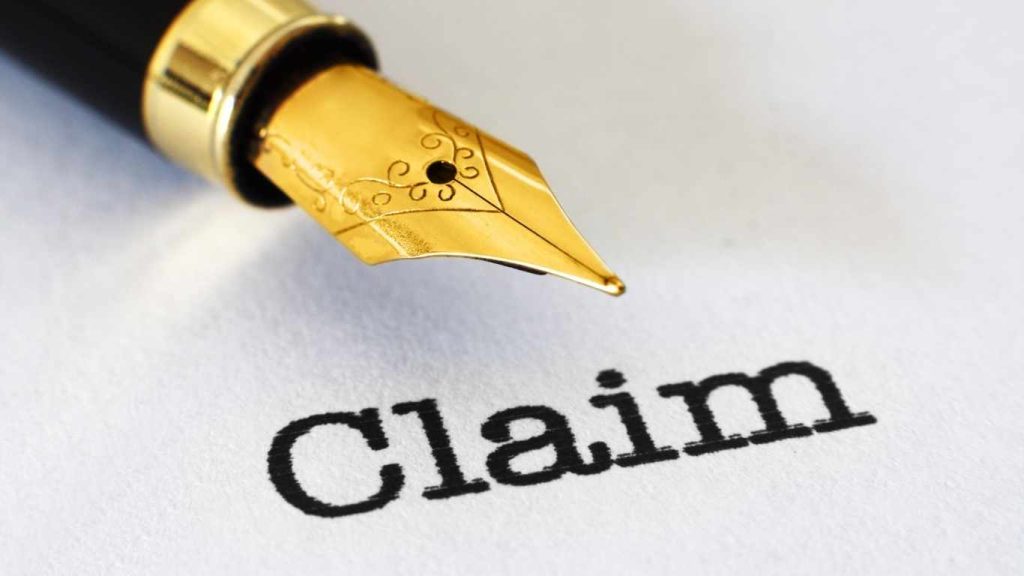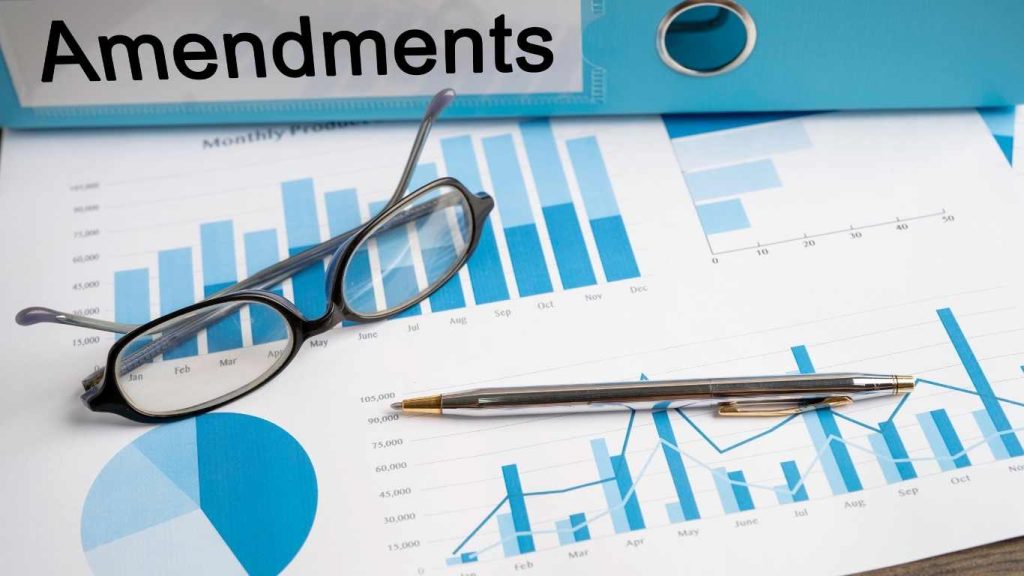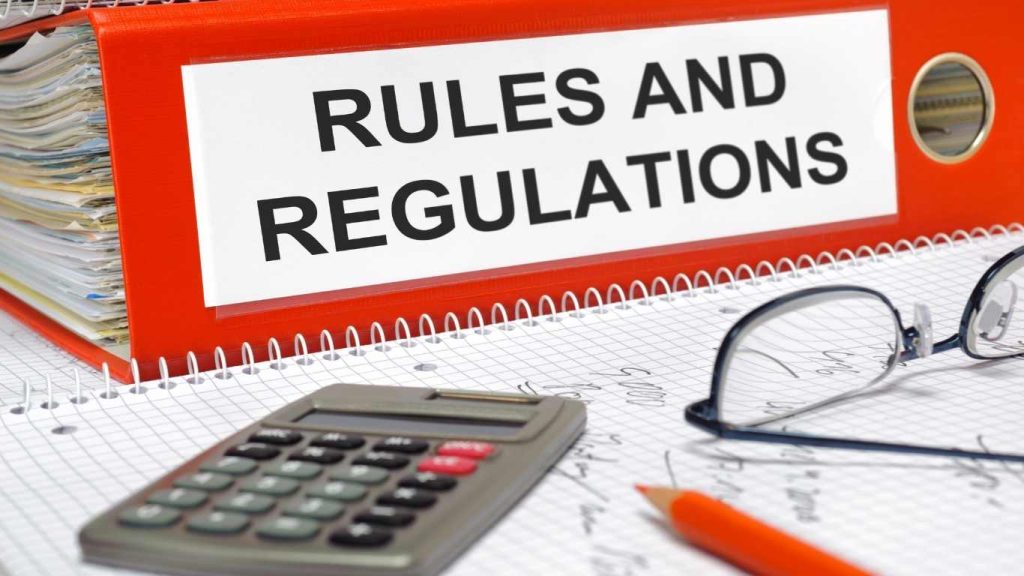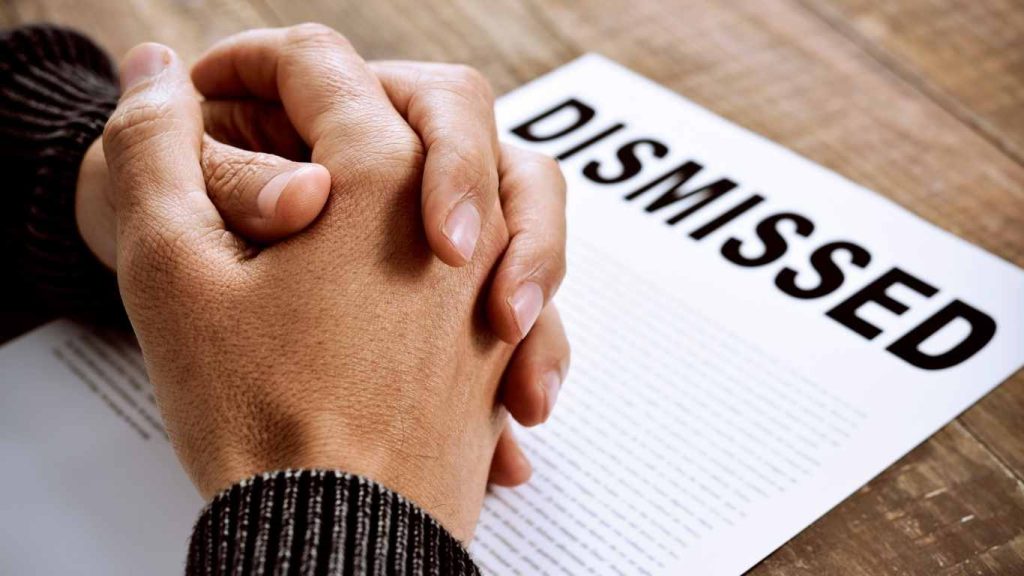In legal words, where battles are fought with words and evidence. There exists a crucial element that serves as a blueprint for the courtroom drama. This crucial element is pleadings. Legal pleadings are crucial documents for the proceedings in the court.
They serve as a formal written document for communication between the parties that are involved in the lawsuit. We will delve into the world of pleadings in this blog. We will delve into what is a legal pleading, types of pleadings, rules for filing, much more.
What are pleadings?
A pleading is a formal written document that lawyers file within the courtroom as a part of the lawsuit. Because they are the part of case file legal proceedings, which means they are public unless court orders to seal it. You should always seek legal advice for an attorney for creating concrete, clear, and logical pleadings.
What are the different types of pleadings?
There are various types of pleadings we are mentioning, some of them below:
Complaint
The beginning of the lawsuit is when the plaintiff files a complaint against the defendant. You can also refer to this complaint as a petition. It is basically a written statement that outlines the plaintiff’s case.

In this complaint, the plaintiff states their version of the facts and asks the court to order some relief to them. They can also ask for compensation for the loss.
Answer
The answer document follows the complaint, and it is basically the defendant’s written response. In this formal letter, the defendant responds to the allegations and complaint against himself. Here, defendants have an opportunity to plead for an affirmative defense. This will include anything that would excuse the liability of the defendant.
It is necessary for the defendant to work with lawyers to write an answer plead.
Counterclaim
The defendant can file a counterclaim against the plaintiff when they assert their own harm. The counterclaim usually takes place in case of accidents. For example, the plaintiff has filed a lawsuit against you for a car accident and asking for compensation. But they were responsible for your injuries and they were at fault. You can just counterclaim them.
Cross-claim
Both the parties involved in a lawsuit can cross-claim. This is to update the claims or information that are present in the original pleading. In this case, a new amended complaint will be filed and it will include all the necessary information and updates.

Entering a Plea
In this type of situation, the defendant decides which plea they want to enter. But it is important to have an attorney so that they can assess the plea before the decision. Whether you decide to plead guilty, not guilty, or you don’t want to plead. You should have an experienced attorney by your side.
Amended Pleadings
Amendments can also take place in pleadings. Both the parties that are involved in the lawsuit can ask for amendments in their pleadings. They can correct errors, add new claims or change the previous ones, they can also update the address.If you want, you can look up some pleading templates here.
What Is The Purpose Of Each Type Of Pleading?
Every pleading has a different purpose. Let’s explore some of them below:
Complaint: The main purpose of the pleading is to initiate a lawsuit. It also serves as a notice to the defendant about the lawsuit against them.
Answer: The purpose of answer pleading is to respond to the allegations in the complaint pleading. It also serves the purpose of presenting the defense.

Counterclaim: The counterclaim serves the purpose of calming against the plaintiff.
Cross-claim: Cross-claim is the pleading that serves the purpose of asserting a claim against the co-defendants.
Third-Party Complaint: The third-party complaint serves the purpose of bringing additional parties into the lawsuit. Both parties can plead for third-party complaints.
Reply: The purpose of the reply pleading is to respond to counterclaims or cross-claims.
Amended Pleadings: The main purpose of amending pleadings is to make a correction in the lawsuit. It is to update and clarify the original pleadings as the case progresses.

What Are The Rules For Filing Pleadings?
Rules of pleadings in court are a fundamental part of legal proceedings. This rule ensures the fairness of the legal pleadings.
- The first and most basic rule is to file the pleading within the prescribed deadlines. You have to follow the court rules of your area. Keep in mind all the rules and limitations of your local court.
- Adhere to predefined rules regarding the formatting of the pleading. This includes margin sizes, font types, and line spacing of the documents.
- The content of the pleading should be clear and concise. It should consist of relevant facts and statements only.
- Provide a copy of the main pleading to all individuals involved in the case.
- The language and style of your paladin should be formal. Make sure to use only appropriate legal language.

What are the consequences of failing to file pleadings properly?
It is crucial to file legal pleadings properly, otherwise the consequences can be serious. Here is what you can face if your pleading isn’t proper.
Dismissal Of Case: This is a serious consequence that you can face if your legal pleading isn’t proper. The court won’t approve your case and it will get dismissed.

Default judgment: Default judgment is another consequence of your improper legal pleading. If your answer or pleading is not according to the rules of pleadings, then the plaintiff may win by default.
Costs and sanctions: The court can impose some monetary penalties and other penalties for improper pleadings.
Waiver of rights: The situation of waiver of rights can also arise in case of failing to file proper pleading in court. If you fail to assert claims in court with the proper pleading, you will face a waiver of rights.
Sample Pleadings For Lawyers
Here are some legal pleading templates or sample pleadings that lawyers and attorneys can use for reference:
Motion for Leave to Amend Complaint
Motion to amend a complaint can provide you a good starting point with legal proceedings. Here you can find a motion for leave to amend the complaint California template. However, make sure that you are reviewing the document carefully.
Opposition to a Demurrer to Complaint
Opposition to demurrer California is a complaint in which the defendant files demurrer against plaintiff’s complaint. Defendant can do this based on strong evidence against the plaintiff. Here is sample opposition to demurrer California. This opposition to the demurrer California sample may need to be updated, so make sure you go through it before using.
Demurrer to Defendant’s Answer to Strike Boilerplate Affirmative Defenses
In this pleading, the motion to strike boilerplate affirmative defenses in the defendant’s answer takes place. Here is a sample demurrer from California to Defendant’s Answer to Strike Boilerplate Affirmative Defenses.
The Bottom Line
Pleadings are the backbone of any legal proceedings. They are the beginning of the entire litigation process. The plea ensues that both the parties have complete understanding of the complete lawsuit. Understanding different types of pleading and their purpose is crucial for lawyers and other legal professionals.
We have provided some sample pleadings that will help you in creating a pleading document. Before using them, they align with the rules and regulations of your court.

